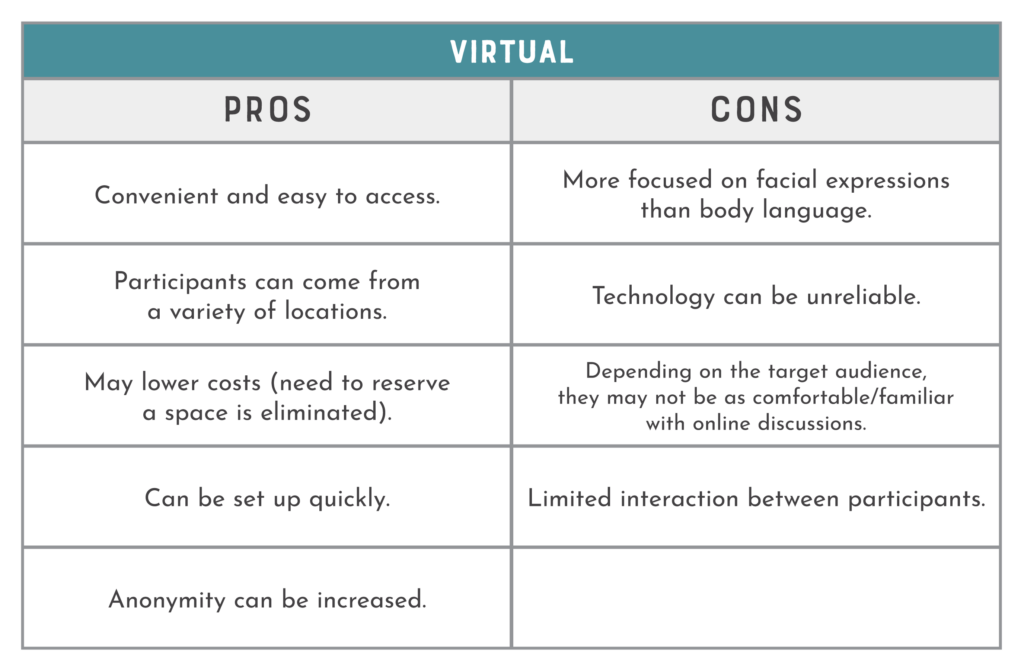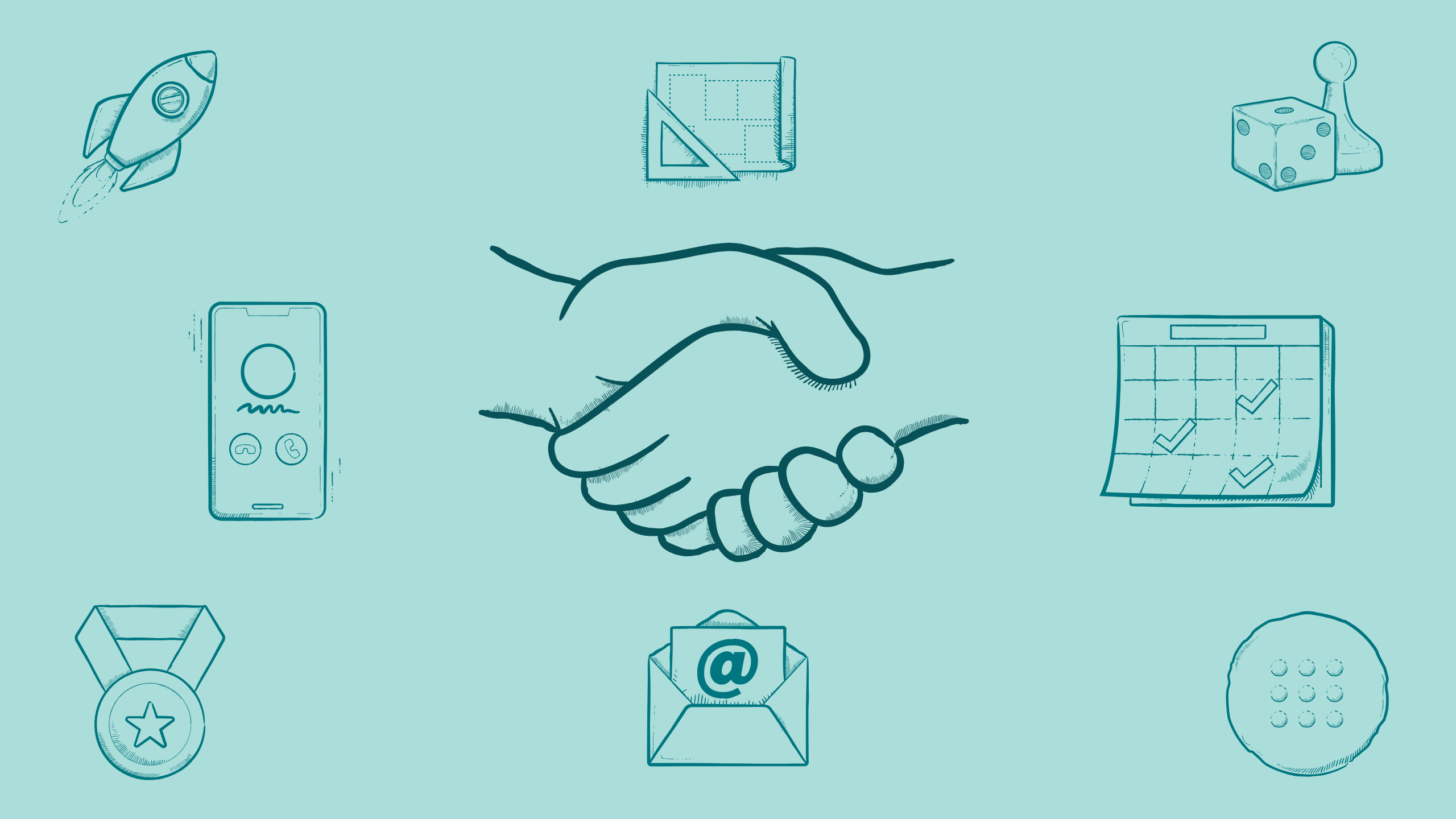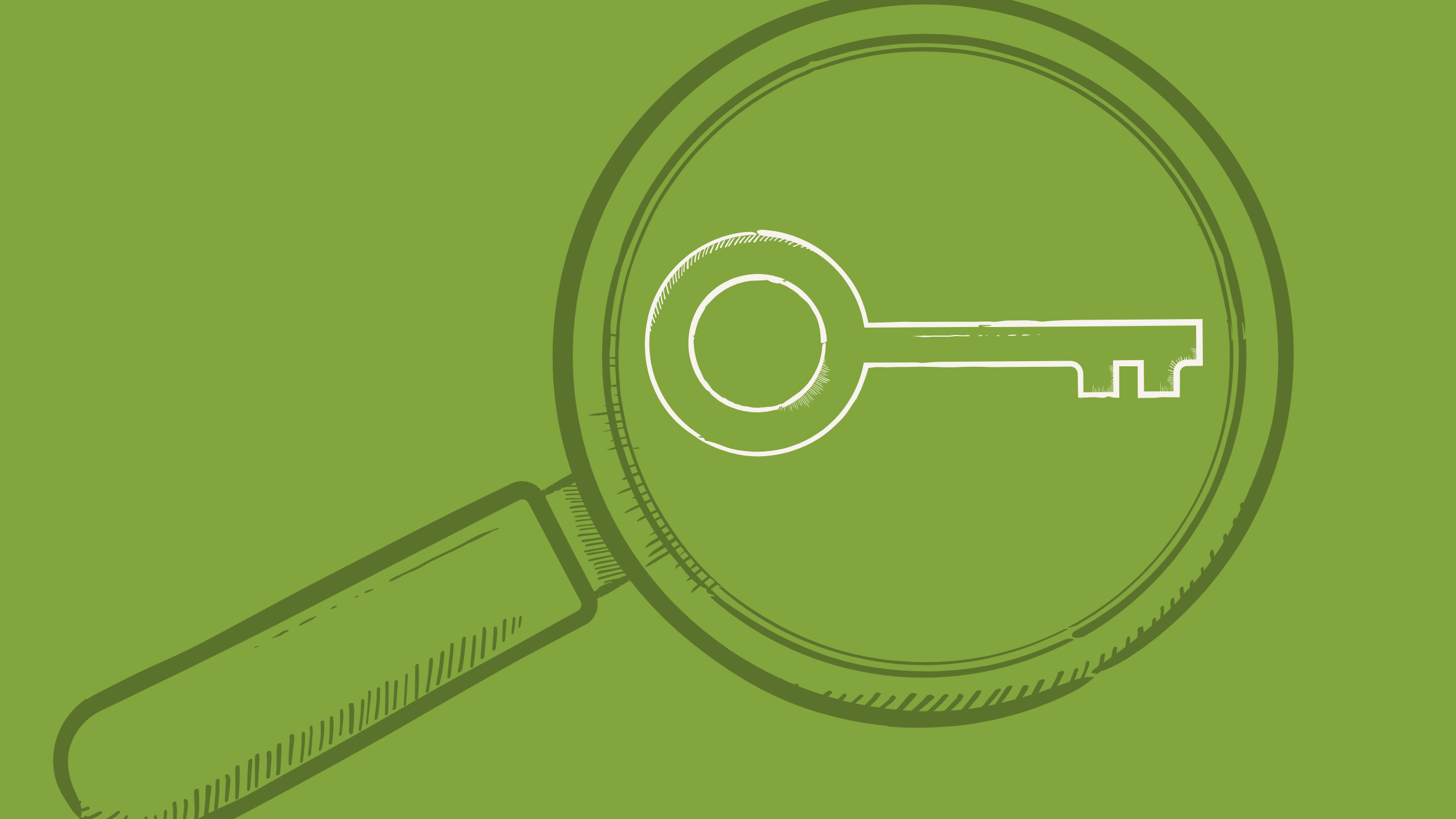Focus groups are a great way for brands, businesses and organizations to collect consumer insight, but what exactly do they entail?
What
A focus group is a research method where a small group of strategically selected individuals participate in guided discussions to provide in-depth insight on consumer attitudes and opinions. Participants are usually providing feedback regarding a product, service, concept or marketing campaign. The feedback from the small group is meant to represent expected opinions from a larger generalized target population. Participants are selected based on the demographics of the target audience such as location, age, socioeconomic status and race amongst others.
 Why
Why
So what value does this add? Ultimately, focus groups help you better understand your customers either before you consider a new concept and/or in the middle of development to ensure you’re on the right track. Focus groups allow alternative ways of obtaining information to gain more qualitative data. This is data that can’t be counted, measured or easily expressed using numbers; it describes qualities or characteristics. It’s descriptive rather than numerical.
Who
A focus group can be conducted by any organization that wants to get feedback on a current customer issue or a new product idea. This kind of research allows you to learn about your audience’s opinions and needs when developing your product or service.
When selecting participants, you should consider customers who are good at productive sharing, not just hypercritics who dominate a room. Participants should be people who would be likely to benefit or interact with your potential product or service in order to represent the population you are trying to reach as accurately as possible
Where
Focus groups can be conducted in two ways: online or in-person. Which is better is up to you to decide, but here are some pros and cons of each to help you in your decision-making.


How
Now that you have all these provisions in place, how do you execute a focus group?
First, you must prepare thoroughly. Organization is very important to conduct a high-quality and successful focus group.
- Make sure you are clear on what you want to get from this feedback: Ensuring you have a clear purpose and goal creates consistency and organization so that you can keep the process on target.
- Have your content ready: This can include anything from questions you want to ask to product/design samples you want feedback on.
- Have an agenda: Creating an agenda establishes a clear schedule that allows you to conduct an organized session to ensure you are getting the most benefit out of the time you have with participants.
- Personally invite people: When you personally invite people, it feels more cordial and it adds accountability, which gets participants more likely to attend.
- Size matters: It’s important to keep in mind that focus groups should be between 5-8 people per meeting. This allows everyone to have a chance to share and contribute to the conversation and gives you the opportunity to give attention to each person.

Once you have gone through the process of preparation, you are ready to host your focus group. Make sure you have created a positive, welcoming environment.
Here are some of our favorite tips to consider including in your next focus group:
- Snacks! Snacks make people happy and food is a great way to bring people together. Providing snacks creates a positive association between participants’ minds and the meeting which can help progress interaction.
- Introduction: To maintain a welcoming environment, it’s important to keep participants informed. Once participants are settled in, have a good introduction to set up the group to give them background and context for why they are gathered.
- Ice Breakers: Ice breakers are also a great way to calm any nerves to establish a good environment. Ask everyone in the group a question to get them comfortable sharing. We recommend something fun from their past that won’t be embarrassing. It helps if you can tie this into what you are going to ask them about to get them thinking about it. You are also looking for something that just about everyone would have done so you want something universal that is just remembering something from their past or a fun opinion.
- What was your first concert?
- What was your favorite summer activity from your childhood?
- What is your favorite dinosaur and why?
- Listen: We want the focus to be on the participants’ discussions. You should do less than 20% of the talking as the host, the group does the rest. If the crowd goes quiet, have some good open-ended questions ready to get them talking again.
- Ask Curious Questions: We want to make sure we understand participants as clearly as possible. Don’t make assumptions! It is always better to ask for more details and clarity.
- Record: Ask first! You will need participants’ consent before recording or filming. If you record, you can be a better listener as the host if you are not having to take all of the notes in the moment.
- Document: Either have a note taker or record the session and compile notes after. This allows you to be organized to better understand the results of the research.
- Review & Decide: Come together after the focus group to collaborate. We are big fans of the After Action Review:
- What worked?
- What didn’t work?
- What do you want to Keep?
- What do you want to Improve?
- What do you want to Start?
- What do you want to Stop?
Now what?
Now that you know the what, why, who, where, and how, you can use these steps as a guide to administer a focus group that serves your organization to its fullest potential. Unsure as to whether a focus group would benefit your organization? Connect with us to see if a Focus Group is a good fit for the projects you are planning.
Looking for other marketing consulting services? Request a consultation with us to find ways to take your brand to the next level.




